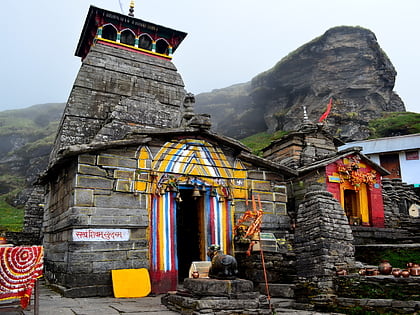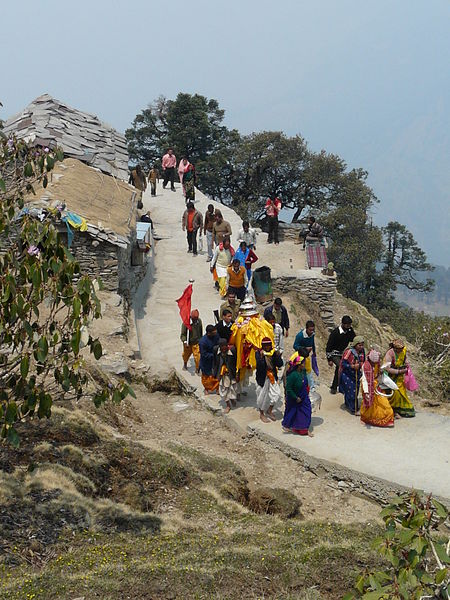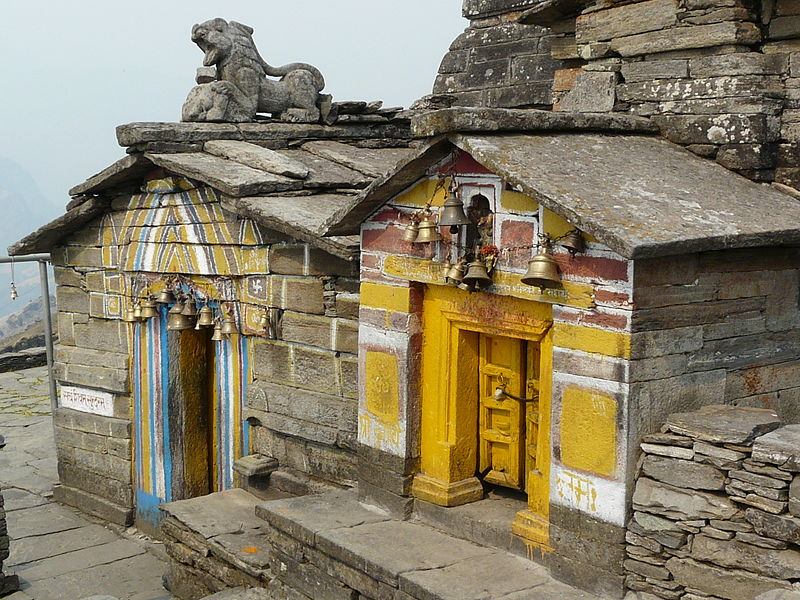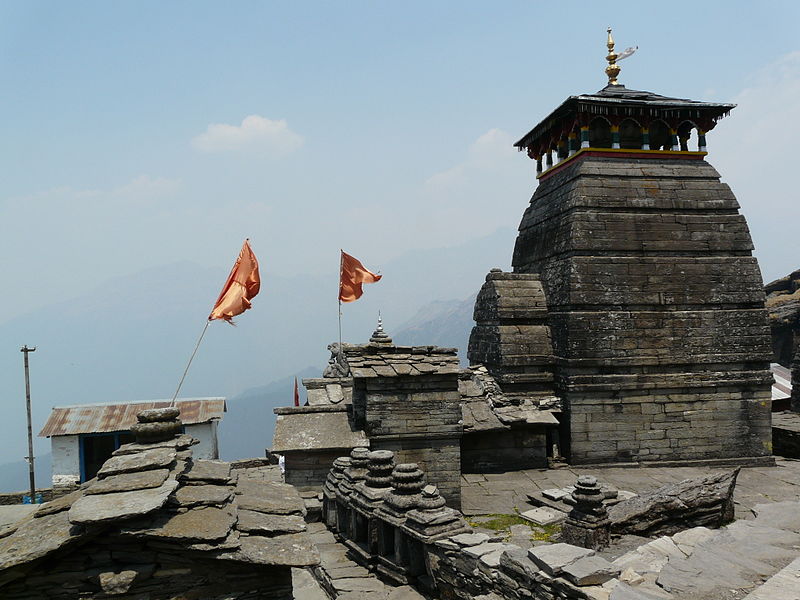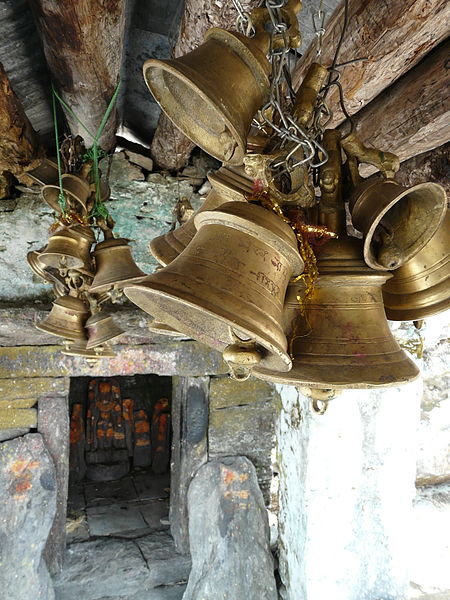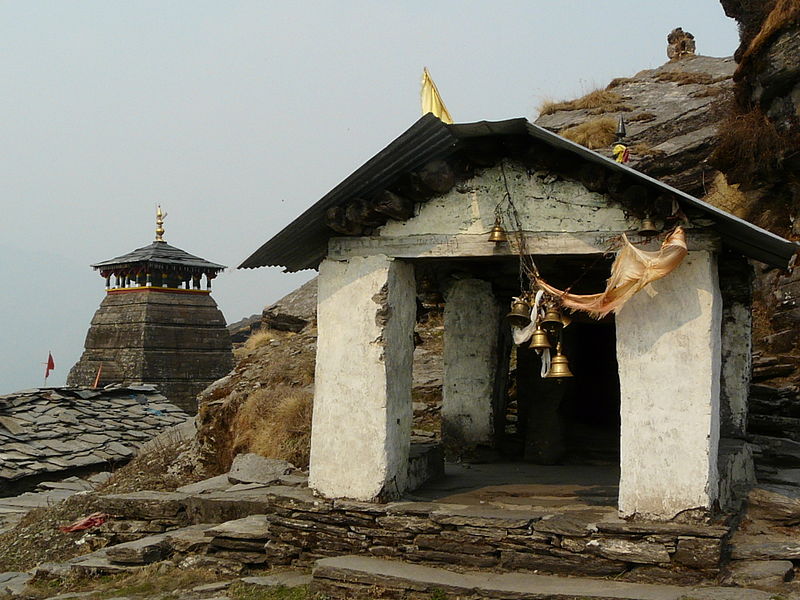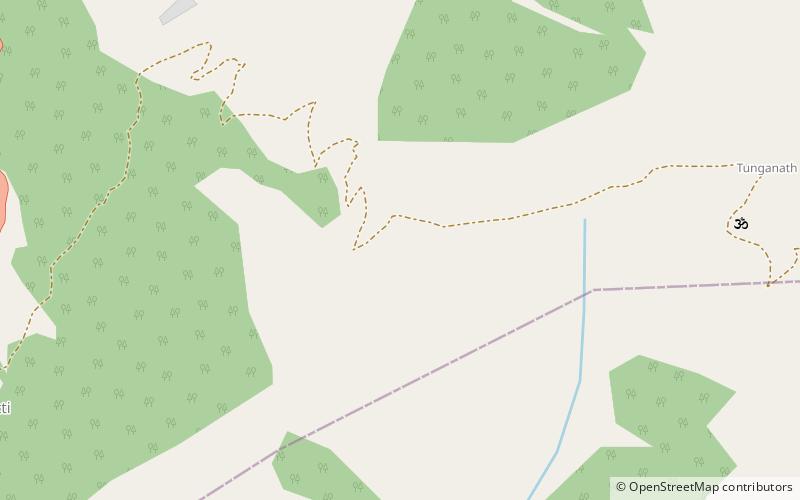Tungnath
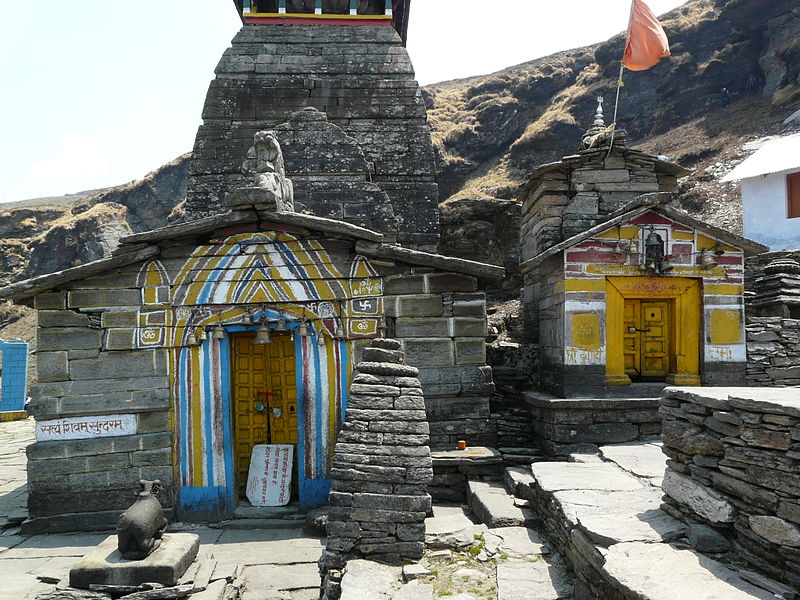
Facts and practical information
Tungnath, nestled in the majestic peaks of the Himalayas in India, is not only a serene retreat but also a site of ancient spiritual significance. This sacred temple is one of the highest Shiva temples in the world, situated at an elevation of approximately 3,680 meters above sea level. It is an integral part of the Panch Kedar pilgrimage circuit, revered by Hindus as the place where the arm of Lord Shiva appeared.
The temple's origins date back thousands of years, with its architecture reflecting the ancient style typical of mountain shrines. Despite its remote location, Tungnath attracts thousands of devotees and trekkers every year, who undertake the challenging journey for both spiritual fulfillment and the love of nature. The trek to the temple is both invigorating and picturesque, with panoramic views of the surrounding valleys and the imposing Himalayan range.
Tungnath is more than just a temple; it is a testament to human devotion and the timeless allure of the mountains. The journey to this sacred site is as much a pilgrimage to the inner self as it is to the abode of Shiva. Open only between April and November due to heavy snowfall in the winter months, Tungnath remains a beacon of spirituality, drawing in those who seek solace and a connection with the divine amidst the grandeur of nature.
Tungnath – popular in the area (distance from the attraction)
Nearby attractions include: Deoria Tal, Chandrashila, Chopta Valley.
Frequently Asked Questions (FAQ)
When is Tungnath open?
- Monday 6 am - 6 pm
- Tuesday 6 am - 6 pm
- Wednesday 6 am - 6 pm
- Thursday 6 am - 6 pm
- Friday 6 am - 6 pm
- Saturday 6 am - 6 pm
- Sunday 6 am - 6 pm
